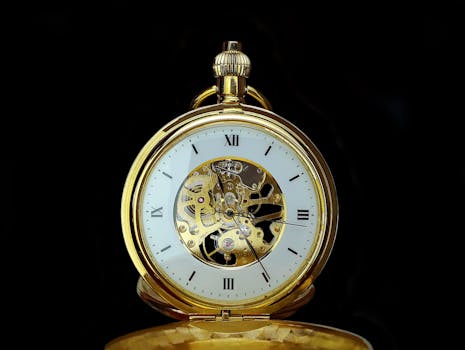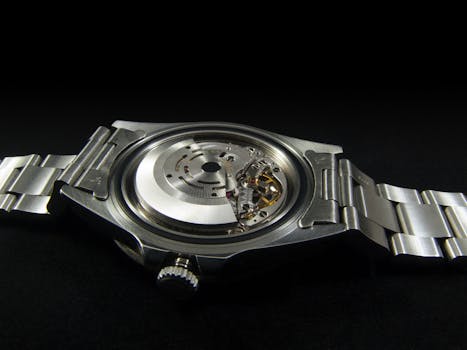
Exploring Different Types of Watch Movements: A Comprehensive Guide
Takeaways: Understanding watch movements is essential for any watch enthusiast. This article breaks down the three primary types of watch movements: mechanical, quartz, and automatic. Each type has its unique characteristics, advantages, and appeal, helping you make informed decisions about your timepieces.
Watches are not just accessories; they are intricate pieces of engineering and artistry. One of the most fascinating aspects of watches is their movements, which dictate how they function and keep time. In this article, we will explore the three main types of watch movements: mechanical, quartz, and automatic. Each has its own history, mechanics, and appeal, making them beloved by different types of watch enthusiasts.
1. Mechanical Movements

How Mechanical Movements Work
Mechanical movements operate through a mainspring, which is a coiled spring that stores energy when wound. As the mainspring unwinds, it transfers energy through a series of gears that ultimately move the watch hands.
There are two main types of mechanical movements:
- Manual Mechanical Movements: These require the wearer to wind the watch regularly, typically daily. This type of movement is favored by purists who appreciate the tactile experience of winding their watch.
- Automatic Mechanical Movements: Also known as self-winding movements, these watches wind themselves through the natural motion of the wearer’s wrist. A rotor inside the watch spins as the wrist moves, winding the mainspring and keeping the watch powered.
Advantages of Mechanical Movements
Mechanical movements are often seen as the pinnacle of horological craftsmanship. They offer several advantages:
- Artistry: Mechanical watches are often beautifully crafted, with intricate designs and visible movements.
- Longevity: With proper care, mechanical watches can last for generations.
- Collectibility: Many watch enthusiasts collect mechanical watches for their historical significance and craftsmanship.
2. Quartz Movements

How Quartz Movements Work
In a quartz watch, a small battery sends an electric current through a quartz crystal, causing it to vibrate. These vibrations are counted by a circuit, which drives the watch hands. This process is highly efficient and allows quartz watches to maintain accuracy to within a few seconds each month.
Advantages of Quartz Movements
Quartz movements have several benefits that have made them incredibly popular:
- Accuracy: Quartz watches are known for their exceptional timekeeping accuracy.
- Low Maintenance: They require minimal maintenance compared to mechanical watches.
- Affordability: Quartz watches are generally more affordable, making them accessible to a broader audience.
3. Automatic Movements

How Automatic Movements Work
As mentioned earlier, automatic movements wind themselves using a rotor that spins with the wearer’s wrist movements. This means that as long as the watch is worn regularly, it will remain powered, eliminating the need for manual winding.
Advantages of Automatic Movements
Automatic movements have their own set of benefits, which include:
- Sustainability: They do not require batteries, making them a more environmentally friendly option.
- Heritage: Many automatic watches are steeped in tradition and craftsmanship.
- Convenience: They are easy to maintain as long as worn regularly.
In conclusion, understanding the different types of watch movements is crucial for anyone interested in horology. Whether you prefer the craftsmanship of mechanical movements, the precision of quartz, or the convenience of automatic watches, each type offers its own unique experience.






